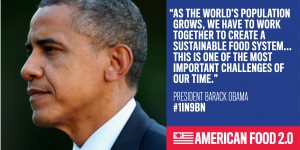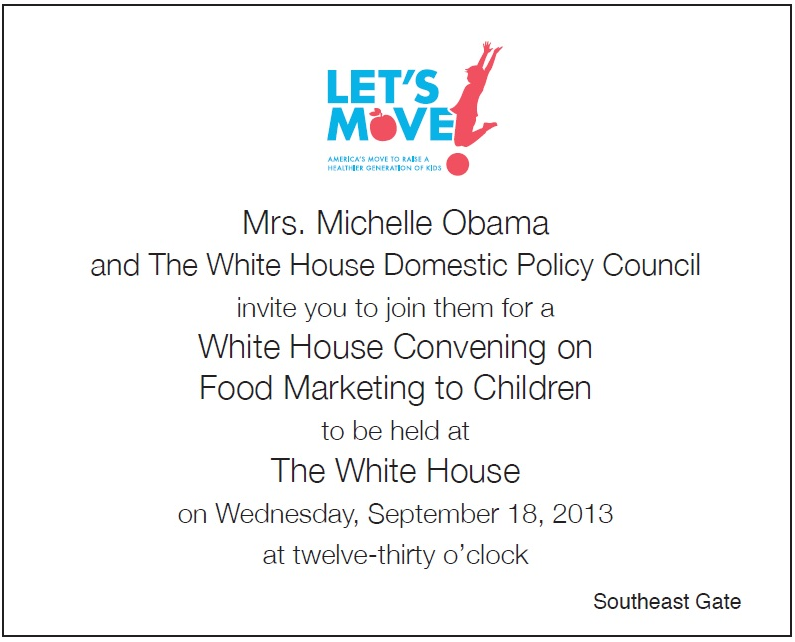PLEZi: Better for kids? Healthier?
I’ve had so many requests to comment on Michelle Obama’s new PLEZi food business—reduced sugar but ultraprocessed artificially sweetened drinks for kids—that I feel obliged to write about them, unhappy as I am as having to consider this enterprise so ill advised.
In case you missed it, the former First Lady—a public health hero of mine for her efforts to improve school food and feed kids more healthfully—announced these drinks as having 75% less sugar than Coke and Pepsi.
The press materials say PLEZi’s mission is:
to create higher standards for how the U.S. makes and markets food and beverages for kids, leading with nutrition, taste, and truth…PLEZi Nutrition was created to give parents a helping hand by offering healthier, great-tasting products that parents can feel good about giving their kids and that kids actually want. The company is focused on lowering sugar content and lowering sweetness to help adjust kids’ palates to crave less sweetness overall. In addition to reducing the sugar and sweetness, they are adding in nutrients kids need, all with the aim to replace sugary drinks and snacks.
Here’s what’s good about all this.
- Michelle Obama is eloquent on the need for kids to eat more healthfully.
- PLEZi is established as a benefit corporation meaning that its stockholders have agreed to have social values as part of its mission, not just profits (although those count too, evidently).
- It has donated $1 million to Food Corps, which teaches school kids about food—a cause well worth supporting.
- It has a distinguished “kitchen cabinet” advisory committee of people who care about kids’ health.
Why my dismay?
Take a look at the PLEZi Blueberry Blast drink’s nutrition information and ingredient list.

This product has a lot less sugar than Coke or Pepsi and contains zero added sugars, but it has five sweeteners:
- Apple juice concentrate (Translation: sugar derived from apples)
- Watermelon juice concentrate (ditto from watermelons)
- Blueberry juice concentrate (ditto from blueberries)
- Stevia leaf extract
- Monk fruit extract
These, plus “natural flavors” (don’t get me started) and some of the other ingredients put this squarely in the category of ultraprocessed products, now strongly associated with poor health and promotion of excessive calorie intake.
These drinks do not meet my idea of a “higher standard,” alas.
Instead, I see PLEZi as a direct competitor of existing drinks—Kraft’s Capri Sun and Kool-Aid Jammers among them—both with less sugar than Coke or Pepsi, and neither what I would consider a health food.
I found PLEZi shelved right with other sweetened drinks aimed at kids at the Target in Ithaca, New York.
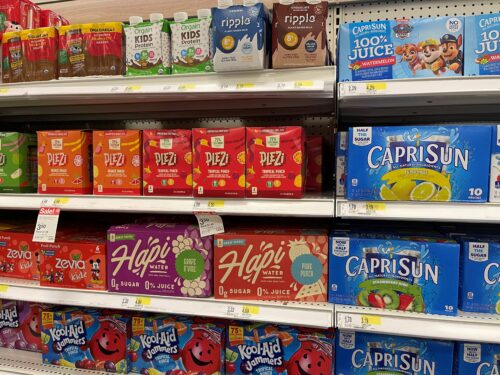
PLEZi’s cost
Target has PLEZi,on special sale at for $3.50 for 32 ounces (four 8-ounce bottles). This makes it almost twice as expensive as Capri Sun ($3.19 for 60 ounces—ten 6-ounce pouches).
The competition
PLEZi’s nutritional profile isn’t all that different from that of “half the sugar” Capri Sun. Here’s Capri Sun Strawberry Kiwi:
 Capri Sun has the same kinds of ingredients as PLEZi, but less fruit juice, and a little more overall sugar. To me, they don’t look all that different.
Capri Sun has the same kinds of ingredients as PLEZi, but less fruit juice, and a little more overall sugar. To me, they don’t look all that different.
What about taste?
I bought packages of PLEZi Blueberry Blast, Orange Smash, and Capri Sun ‘s “half the sugar” Strawberry Kiwi.
OK, I am not these products’ core customer. They are not aimed at me. I thought the PLEZi drinks were oddly colored and watery, and had undistinguishable flavors and the slight off-taste of monk fruit sweetener.
Capri Sun is noticably sweeter, which is not surprising: it has 7 grams of sugar in 6 ounces, whereas PLEZi has 6 grams of sugar in 8 ounces.
But all of these drinks raise the same question: Is a somewhat less sugary, sweetened, “better-for-you” drink necessarily a good choice?
Many healthier drinks are available for kids.
I would like to know:
- Why anyone would think kids need another drink like this.
- Why someone didn’t identify PLEZi drinks as ultraprocessed.
- Why someone didn’t intervene to protect Mrs. Obama from getting involved in this dubious enterprise.
My business and health questions:
- Will PLEZi sell?
- Will it cut into sales of Kool-Aid Jammers and Capri Sun, let alone Coke and Pepsi?
- Will it accustom kids to less sweet tastes?
- Will it encourage kids to eat more healthfully?
I sure hope the Kitchen Cabinet insists on a serious evaluation.


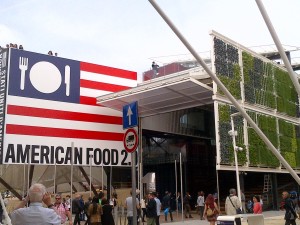
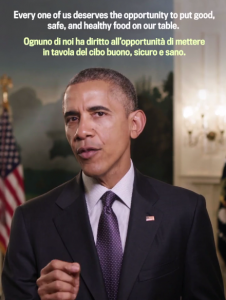 Even more, he adds:
Even more, he adds: